Text

@unproduciblesmackdown #Part of it is because of how the print shop is set up: you don't set your type on the printing stone, you set it in a "composing stick" while you're standing in front of the cases. As a result, you have to set it upside down to keep it from falling out of the stick.
#Type has a little nick on one side of the "body" (the long bit of metal with the letter on one side) which lets you know you've got all the type set up the right way around. That nick is at the foot of the letter.
#You're right about the reason we use "font" to refer to different sizes on a computer. A printing font is a complete set of all the letters and symbols in a particular typeface *in a particular size*. You can have a 12-point Roman font and a 14-point Roman font and they are not interchangeable, since the 12-point letters are smaller and won't fit with the 14-point letters.
#On a computer, it's all ones and zeros (typically rendered in raster graphics which can be scaled up and down at will) but they chose to adopt "font" as a way to refer to a typeface, probably since there's no type involved anymore.
#Hope that helps!

#WordyWednesday
Type: The letters used to print words. Generally, the term refers specifically to moveable type where the letters can be rearranged in any order to print any text. Printing with moveable type was undertaken in Asia as early as the 11th century and was separately invented in Europe in the 15th century by Johannes Gutenberg. A design for a given alphabet is called a “typeface.” A complete set of type in a specific typeface is called a font.
15 notes
·
View notes
Text

#WordyWednesday
Type: The letters used to print words. Generally, the term refers specifically to moveable type where the letters can be rearranged in any order to print any text. Printing with moveable type was undertaken in Asia as early as the 11th century and was separately invented in Europe in the 15th century by Johannes Gutenberg. A design for a given alphabet is called a “typeface.” A complete set of type in a specific typeface is called a font.
#typography#printing#bookhistory#rare books#history#books#libraries#special collections#university of missouri#mizzou#wordy wednesday#john henry
15 notes
·
View notes
Photo
Reblogging for Earth Day!

Svante Arrhenius was the first scientist to quantify how levels of carbon dioxide in the atmosphere could affect the surface temperature of the earth. Like Tyndall and Fourier, Arrhenius used the metaphor of a greenhouse to explain how the atmosphere traps heat. He predicted that doubling the CO2 in the atmosphere would raise the average temperature by about 4 degrees Celsius, a reasonably close estimate by today’s standards. He was also the first to link human activity to the amount of carbon dioxide in the atmosphere.
It is interesting to note that Arrhenius did not see this warming effect as a cause for concern. Instead, he thought it would keep the world safe from another ice age.
Is it probable that we shall in the coming geological ages be visited by a new ice period that will drive us from our temperate countries into the hotter climates of Africa? There does not appear to be much ground for such an apprehension. The enormous combustion of coal by our industrial establishments suffices to increase the percentage of carbon dioxide in the air to a perceptible degree.
Svante Arrhenius (1859-1927). Worlds in the Making: The Evolution of the Universe. New York; London: Harper, 1908. MU Depository 113 Ar69
Read online
This is the last highlight we’ll be sharing from our climate change exhibition, but you can take a look at the rest at http://exhibits.lib.missouri.edu/exhibits/show/climate.
#climate change#arrhenius#climate#greenhouse effect#history of science#special collections#histsci#rare books#university of missouri#mizzou
22 notes
·
View notes
Text

From the classroom: a book owned by at least three prominent classicists and folklorists, inscribed by Heinrich Schliemann in Greek "To the lover of the arts Mr. [Erik Barren or Henry Warren?] as a memorial. 1874. Schliemann," and later from Samuel Preston Bayard to Albert Bates Lord. Bayard was a renowned folklorist and musicologist, and Lord's work was foundational in the study of oral traditions such as the Iliad and Odyssey. RARE DF220 .S34 1869
#heinrich schliemann#classics#greek#classicists#albert lord#mizzou#special collections#libraries#rare books#bookhistory
10 notes
·
View notes
Text

#WordyWednesday
Tree calf: A binding style, popular from the 1770s until the late 1920s, where calfskin leather would be treated with chemicals (ferrous sulfate and potassium carbonate) to form a distinctive branching pattern like a tree or a tree trunk. The result is pretty but also risky: if the leather was not thoroughly washed once the pattern had been burned into it, the ferrous sulfate would continue to eat into the leather until it was eventually ruined.
#bookhistory#rare books#bookbinding#books#history#university of missouri#special collections#libraries#mizzou#wordy wednesday#john henry
23 notes
·
View notes
Text



In 1919, a year-long subscription to Needlepoint magazine cost 50 cents. The popular women's magazine contained dress patterns, step-by-step crochet and embroidery projects, short stories, gift ideas, and much more. In a 1919 letter to the editor, one subscriber compared the magazine to a "kind, wise friend who comes on a visit to tell and show you how to do things." Their ornate covers and illustrations make them a highlight of the Husni Collection.

#needlework#needlecraft#magazines#mizzou#special collections#libraries#university of missouri#rare books#bookhistory#history
35 notes
·
View notes
Text

It's dandelion season here in Columbia, and thanks to a visitor to our reading room, we found a beautiful dandelion in our copy of Leonhart Fuchs' De Historia Stirpium (1542). Dandelions are native to Eurasia and may have been brought to North America for medicinal purposes by early colonizers. VAULT OVR QK41 .F7 1542
#dandelion#dandelions#rare books#history of science#scientific illustration#mizzou#special collections#libraries#university of missouri#bookhistory#history#books#illustration#nature illustration#botany#biology
115 notes
·
View notes
Text

#Wordy Wednesday
Tooling: Any form of hand decoration in bookbinding, typically using an engraved metal instrument that leaves an image, pattern or groove in the binding material. If the tool in use has been heated, it can be used to press gold leaf into the pattern, resulting in “gold tooling.” Silver tooling using silver foil and other variants also exist. If no material was used, then the resulting pattern is called “blind tooling.” Tooling done on the edges of the textblock is called gauffering.
#bookbinding#bookhistory#history#books#rare books#special collections#libraries#university of missouri#mizzou#wordy wednesday#john henry
77 notes
·
View notes
Photo
We are not in the path for the 2024 eclipse, but we're excited for our friends who are. It's a spectacular experience. Enjoy!

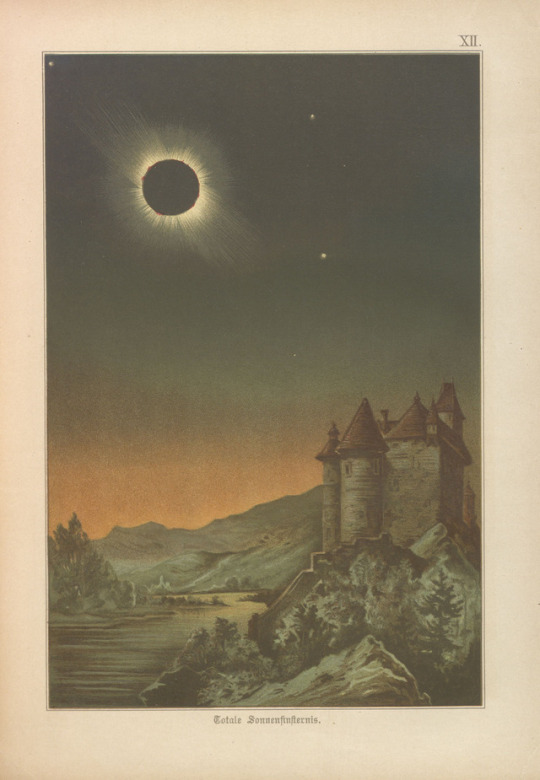
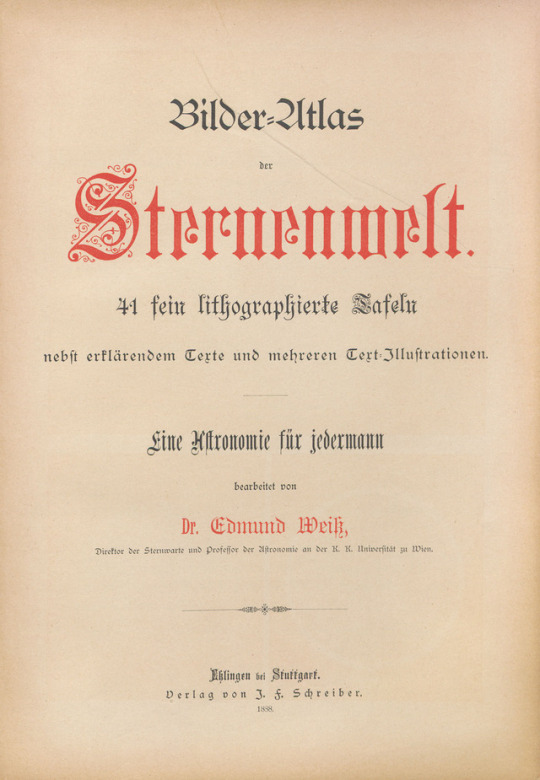

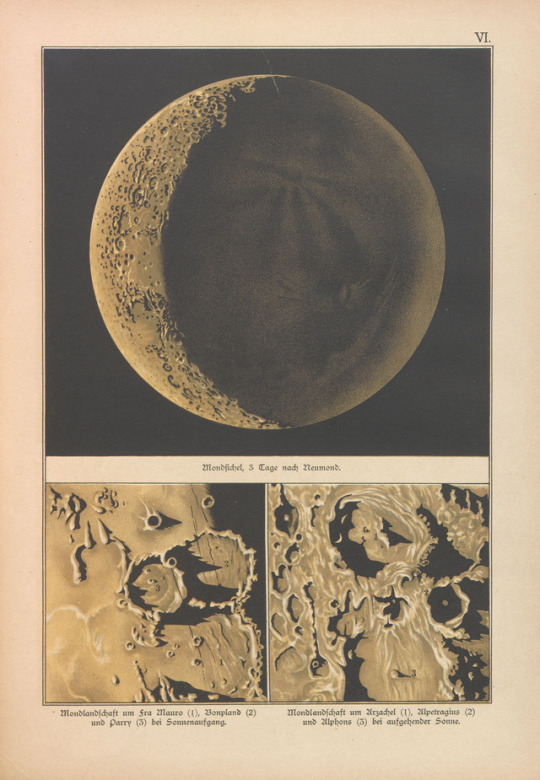

Are you as excited about #Eclipse2017 as we are? It’s coming up in one week, and we’ll be able to see the entire event from anywhere in Columbia, Missouri. To celebrate, we’ve identified a few materials from our collections that deal with eclipses or astronomy, and this one is by far a staff favorite.
These beautiful lithographs are from Bilder-Atlas der Sternenwelt, a popular astronomy book published in Germany in 1888. Our Digital Services department digitized the entire book, and selections are available on our website at exhibits.lib.missouri.edu. Stay tuned - you’ll be able to read the whole thing online at the HathiTrust soon!
QB65 .W4 1888
342 notes
·
View notes
Text

#WordyWednesday
Tipped in: A leaf that has been glued into a book. To tip a leaf in, binders coat one edge of the leaf with adhesive and then tuck the coated edge into the center of the book.
#bookhistory#history#books#libraries#special collections#mizzou#university of missouri#rare books#wordy wednesday#john henry
6 notes
·
View notes
Text
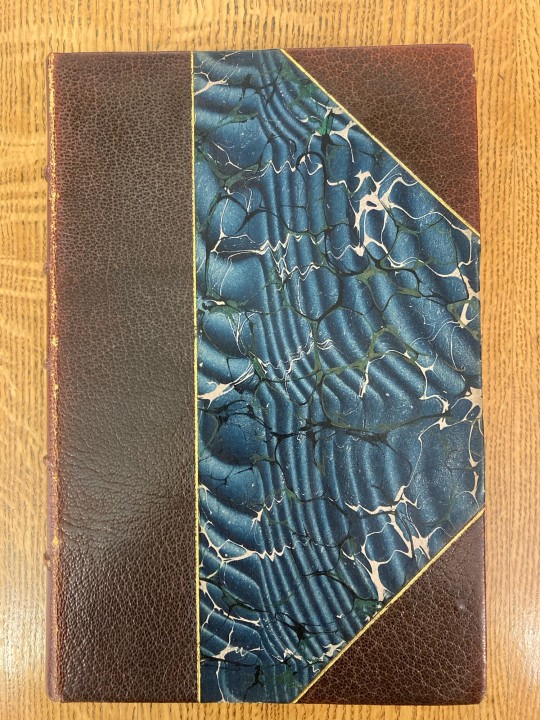
#WordyWednesday
Three-quarter bound: A binding style where the spine, part of the boards, and corners are bound in a different material than the rest of the boards. A three-quarter binding differs from a half binding in that a larger percentage of the book’s covers are taken up by the spine and corners. Put another way: a three-quarter binding is a half binding on steroids.
#bookbinding#bookhistory#rare books#history#books#libraries#special collections#mizzou#university of missouri#wordy wednesday#john henry
16 notes
·
View notes
Text
You've heard about our collections, but have you heard about our carts? Every librarian has a favorite book cart. Meet some of the best and worst in Special Collections.
#library life#behind the scenes#friday fun#libraries#books & libraries#academic libraries#support your local library#mizzou#special collections#university of missouri
7 notes
·
View notes
Text
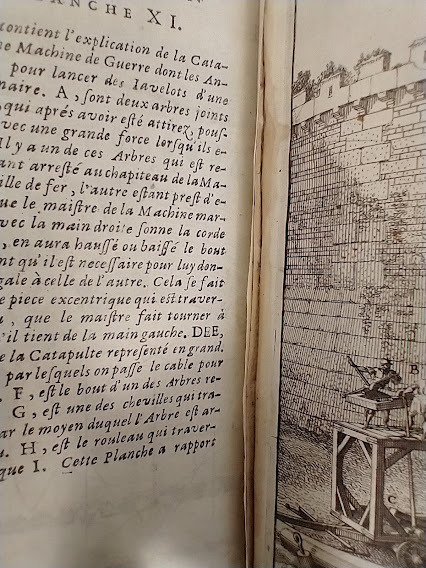
#WordyWednesday
Stub: A piece of paper substantially narrower than a leaf, often just barely protruding from the binding. Stubs may be a sign of a cancel, but they were also sometimes used to allow the insertion of a plate, which could be pasted onto the stub rather than tipped in.
#bookhistory#rare books#books#history#mizzou#special collections#libraries#university of missouri#wordy wednesday#john henry
25 notes
·
View notes
Text

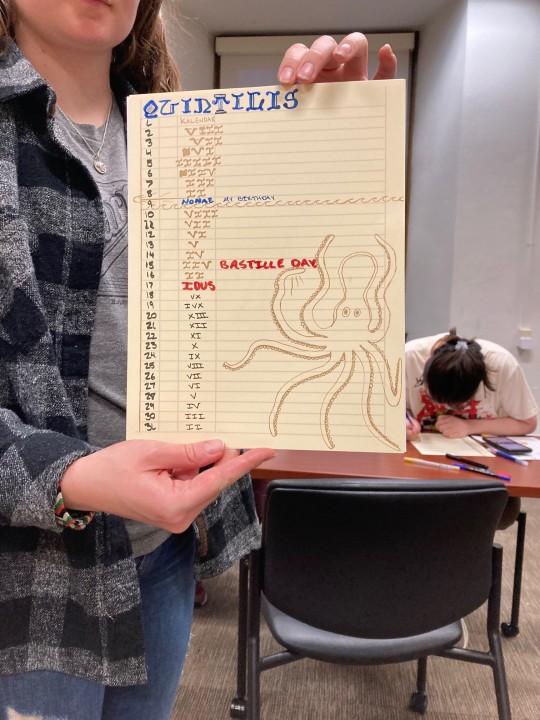
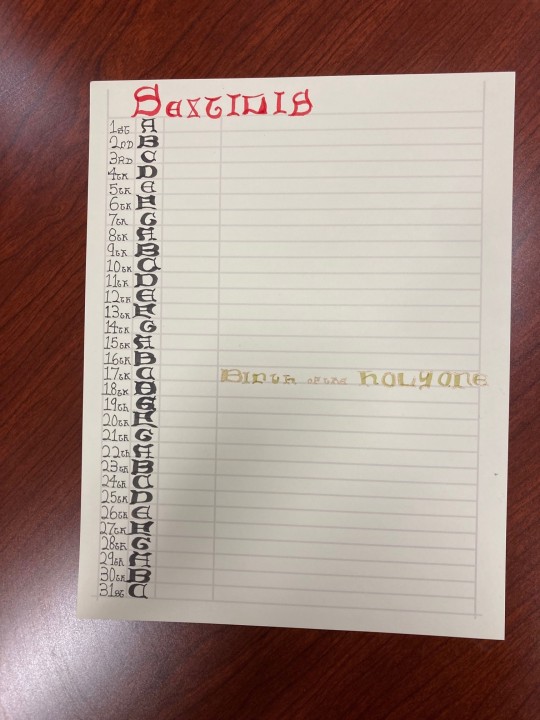


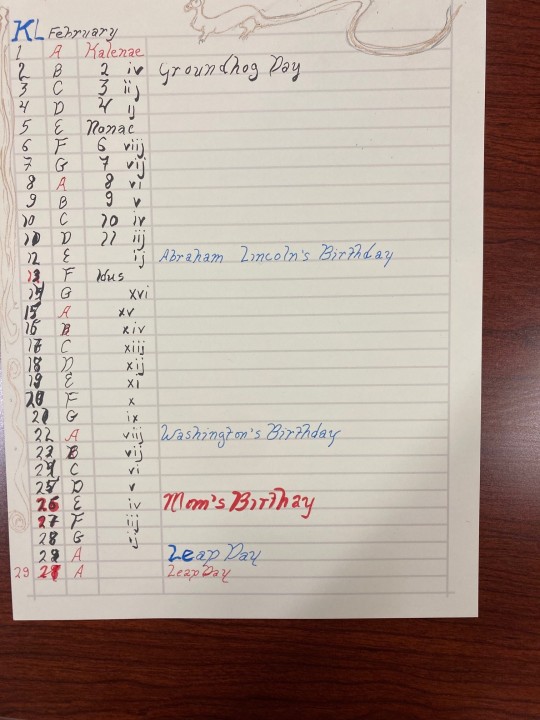
Check out some of the great medieval-style calendars people prepared at our workshop on Tuesday evening! If you want to see an original calendar and learn more about it, make an appointment with us in our reading room!
6 notes
·
View notes
Text
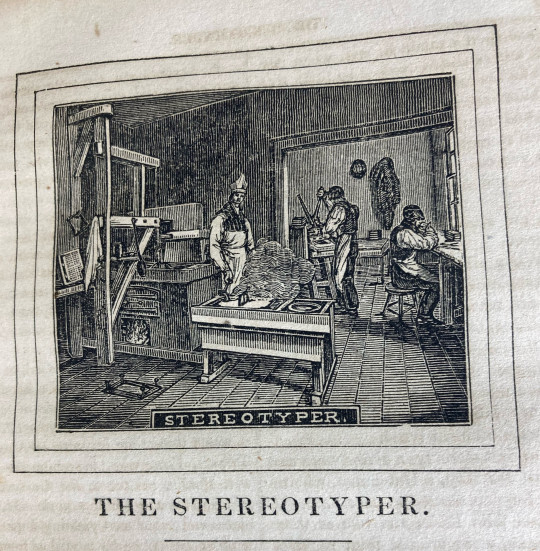
#WordyWednesday
Stereotype: A metal plate that can recreate an entire page of a book, having been made by creating a mold from a page of set type. This is useful because it allows a printer to print the same book over and over again without having to set the type a second time. The mold used to create a stereotype is called a “flong,” which is worth repeating here because it is an amusing word. Stereotyping was invented in 1701 by the Lutheran minister Johann Müller. The use of “stereotype” to refer to an oversimplified and prejudiced image or idea is a reference to stereotype printing.
#bookhistory#rare books#printing#stereotype#libraries#history#books#illustration#mizzou#special collections#university of missouri#wordy wednesday#john henry
25 notes
·
View notes
Text

640-year-old fly, anyone?
We're not sure how long this fly has been in this 14th-century notary's notebook, but it was a favorite among the students who spotted it in class a few weeks ago.
La Turade, Bernard de. [Notarial Registry]. 1383-1393. VAULT DC95.A2 N6 1383
#manuscript monday#medieval manuscript#bookhistory#fly#mizzou#special collections#libraries#university of missouri#rare books#history#books#things found in books
234 notes
·
View notes
Text
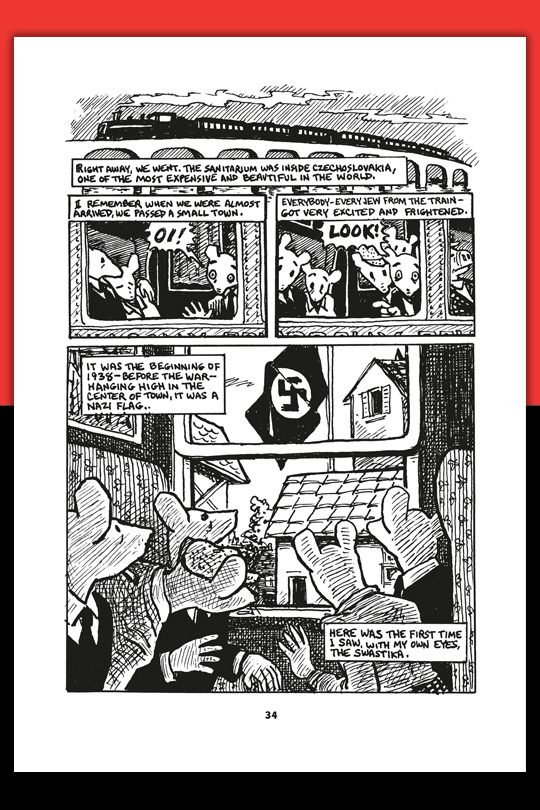
“I feel like they want a kinder, gentler Holocaust to present.” —Art Spiegelman
Two years ago, the McMinn County School Board in Tennessee banned the first—and only—Pulitzer Prize-winning graphic novel from their 8th grade curriculum: Art Spiegelman's Maus.
1K notes
·
View notes